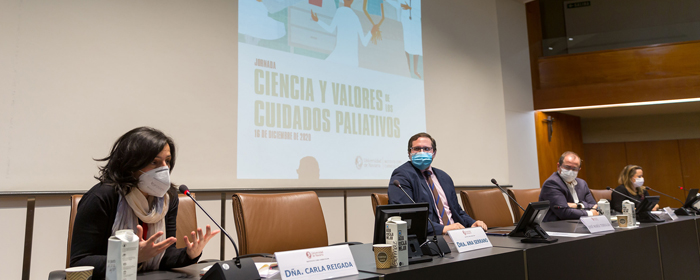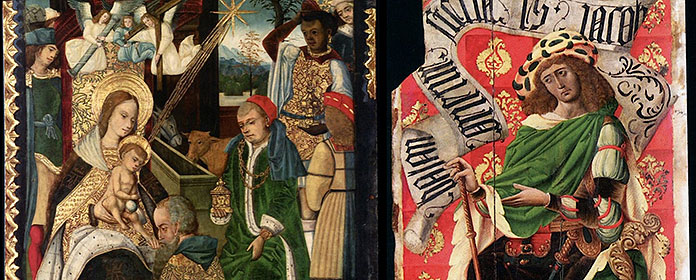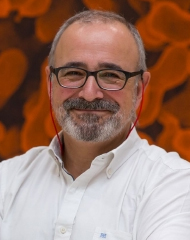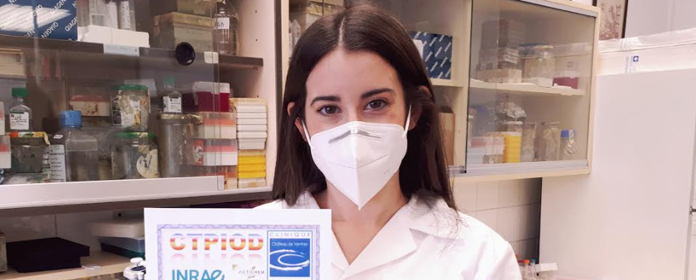"To prevent fake news from going viral, tracking is required to monitor when it starts to grow exponentially"
Engineer and consultant Pablo Urruchi, deputy director of the Master's Degree in Big Data Science at the University of Navarra, explained in a webinar how a pandemic in communication functions
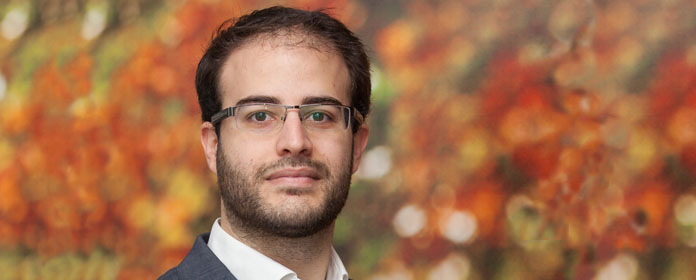
FOTO: Manuel Castells
“To prevent fake news from going viral, tracking is required to monitor when it starts to grow exponentially, when the numbers are still small. When widely disseminated, all control is lost,” according to the engineer and consultant Pablo Urruchi, who works as a researcher at the Institute of Data Science and Artificial Intelligence and as deputy director of the Master in Big Data Science at the University of Navarra.
He taught a webinar from the Madrid campus on how a communication pandemic works. In it, he established parallels between how information and viruses like Covid-19 are spread.
"To mitigate the spread of the coronavirus, governments are reducing interactions between us. Similarly, to curb the dissemination of fake news, we could resort to network theory by looking into the nodes that connect communities and focus mitigation efforts on them, thus minimizing resources,” he explains.
Unmasking the most sophisticated “bots”In this way, as he points out, there is no point in launching an anti-fake news campaign for the entire population because it is not effective and can lead to saturation. Faced with this, he proposes "focusing on the nodes that act as bridges between communities to prevent them from becoming infected." He points out that they are detectable through graph theory, which is based on diagrams that represent the relationships between elements using dots and lines.
Pablo Urruchi points out that exponentiality occurs in natural phenomena. “Bots,” computer programs that perform repetitive tasks on the internet, such as those that retweet or spread fake news, do not behave in this way. Staying on their trail helps unmask even the most sophisticated ones that do not displaytypical characteristics: "They all act linearly, not exponentially."
The deputy director of the Master's Degree in Big Data Science believes that technology companies such as Google, Facebook and Twitter have the ability to detect hoaxes in near real time: “They could perhaps electronically track every tweet or post, follow them and, as soon as they detect exponential growth, put human eyes on them.” He stresses that, in the end, a person has to verify whether fake news is present or not. "The difference is that graph theory dramatically reduces the number of news items that need to be reviewed by humans," he says.
He insists on the importance of stopping fake news with enough time because it is not always possible for citizens to detect the origin of the information they receive. "Most media refer to sources, but on apps like WhatsApp, it is very difficult to verify the origin of each message," he points out.
In his research, Pablo Urruchi “listens” to Twitter conversations with computer programs and monitors how they evolve over time. He currently has around 50 channels "listening" to conversations around issues like financial stocks, politics, climate change, etc.
"Covid-19 appears in all of them and started growing exponentially long before the topic became widespread in traditional media," he mentioned and continued, "For example, we are now seeing the effects of shelter in place policies on climate change, but the coronavirus has long since taken the place of Greta Thunberg in discourse on the issue."
Pablo Urruchi discussed these topics during his webinar “Fakenews: How does a communication pandemic function?” The webinar was given in collaboration with the University of Navarra’s Master’s Degree in Big Data Science, which the Institute for Culture and Society currently coordinates. The University’s Institute for Data Science and Artificial Intelligence, affiliated to TECNUN, will take over its coordination next academic year.

